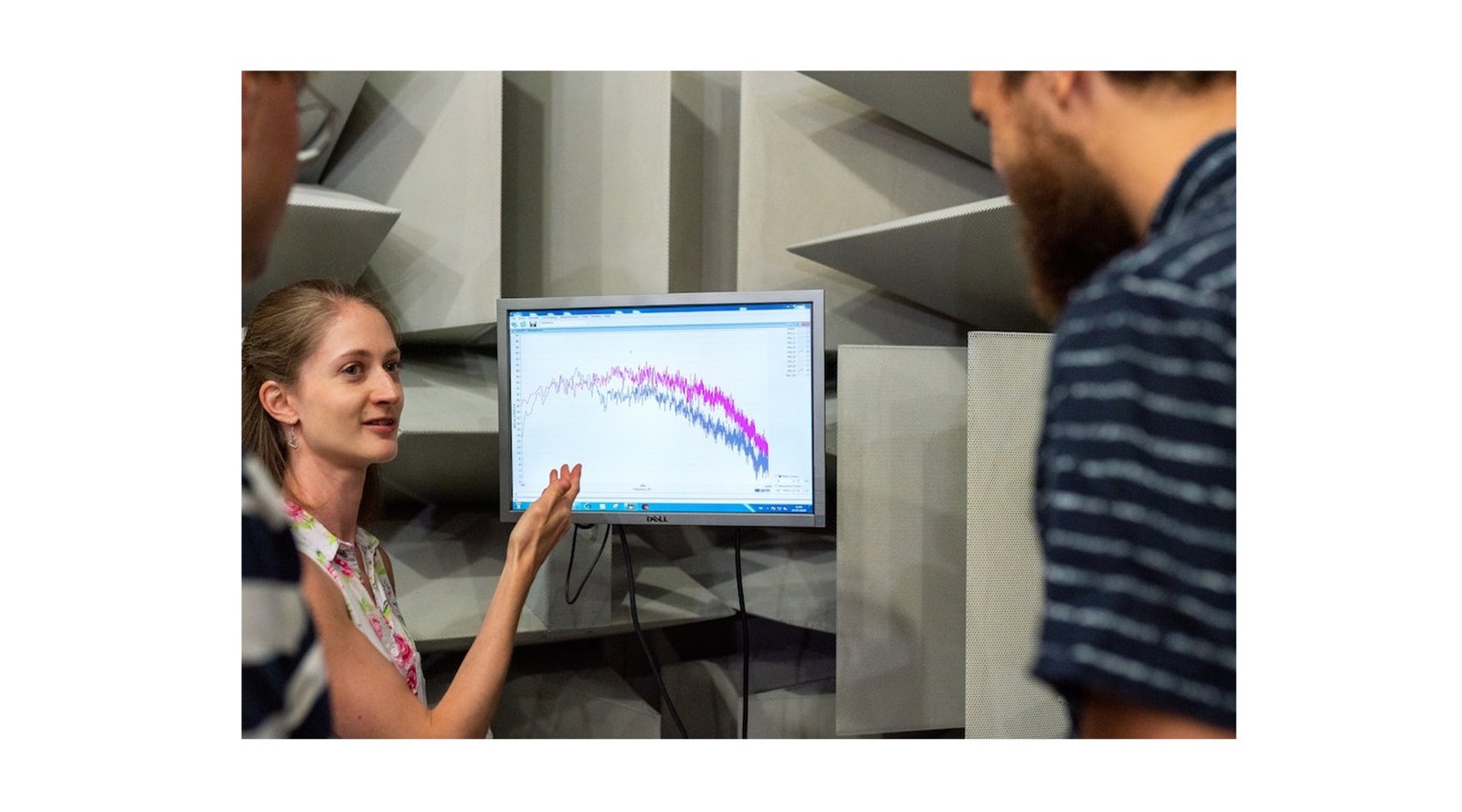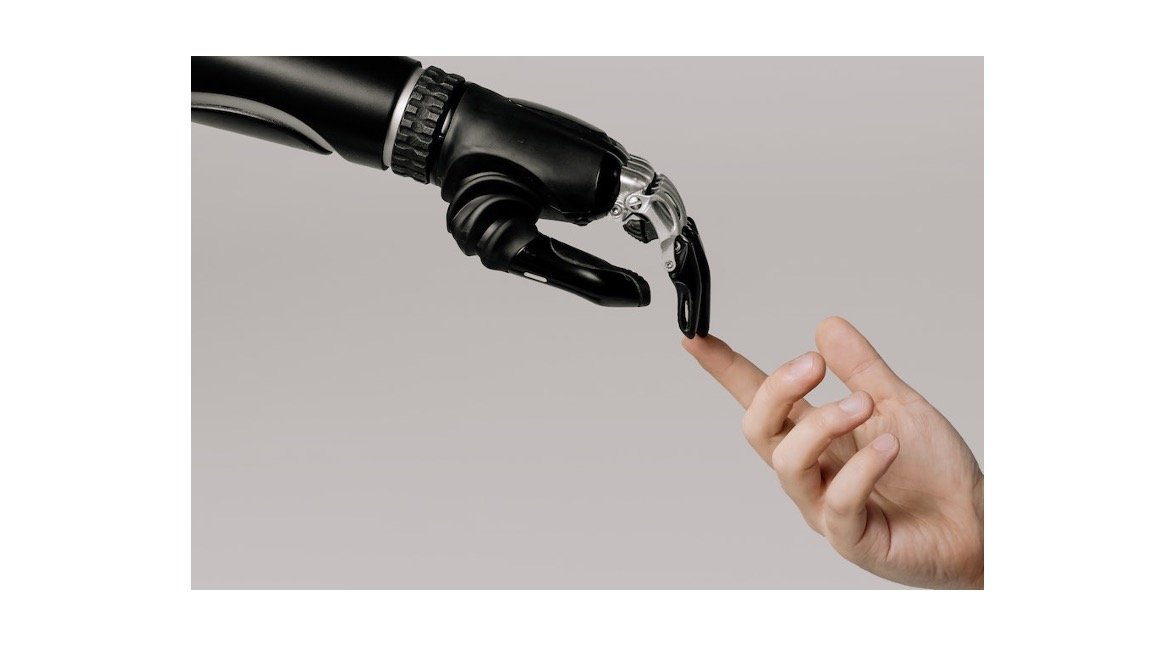With the recurring technological advances in our lives, new needs arise, as well as new solutions. Neural networks were developed to help people solve everyday problems that were previously seen as complex, facilitating each process.
A study considered the pioneer in neural networks was written in 1943 by Warren McCulloch and Walter Pitts. From it was possible to decipher, even if initially, the functioning of the processes of a brain, as well as the application of technology that would later be called neural networks in an artificial intelligence.
The development of artificial neural network technology is broad and involves areas such as biology, mathematics, physics, psychology and even philosophy. If you want to know more about the subject, understand how it impacts the market and, consequently, our lives, follow this article.
How do neural networks work?
The basic principle of neural networks is, as stated above, a simulation of neurons carrying information in a human brain. A neural network necessarily has an input layer, an output layer and, between them, a hidden layer — which has this name only because it is not an input or output layer.
The connections between the layers are called “nodes”, thus forming a network composed of nodes connected to each other, hence the name neural network. Just like in human neurons, the “nodes” are only activated when there are a certain number of results or inputs.
In this way, calculations are made to understand the data according to its borderlines. When the value is higher, that is, the results are sufficient to be activated, the “nodes” proceed to the next layer, following the reasoning for which the network was developed.
The greater the number of hidden layers, the larger the network, forming deep neural networks, as in deep learning models. Thus, it was possible to develop concepts of machine learning, in which a machine can learn and perform complex tasks.
Among these tasks are: making indications to users, recognizing speech or images and even estimating future processes, accurately anticipating results.
Types of neural networks
The differentiation of types of neural networks is based on their design, that is, the arrangement of their layers. In most cases, layer design is straightforward, only migrating in one direction, but this is not always the case.
Over time, networks developed with different needs and designs emerged. Therefore, the construction of layers, especially the hidden ones, is a fundamental point for the technology to work as desired. Network architectures are placed into three categories. See below:
1. Feed-forward networks
It is the most common type of artificial neural network. In it, the first layer is the input and the last is the output. They serve to calculate changes that change the similarities between the data. In this model, the neurons perform a non-linear function of the exercises in the anterior layer.
2. Recurrent networks
In this type there are cycles, which mean that it is possible to go back to the beginning of the network according to some results. They are more difficult to train, but have more biologically realistic and complex results.
3. Symmetrically connected networks
They function similarly to recurrent networks, but because their unit connections are symmetrical, they have the same weight in both directions. As a result, they are both simpler to analyse and provide fewer alternatives than the recurrent ones.
How do neural networks work in the market?
The development of neural networks brought new perspectives to different processes and uses in our daily lives, enabling concepts such as deep learning and machine learning. Check out some uses that revolutionized the market and how this technology can impact the future.
1. Speech and image recognition
Two processes that are increasingly refined with new technologies are speech and image recognition. Currently, it is possible to have virtual assistants, who interact with their owners, for example. In the future, we may have more voice-only interactions, such as making payments or granting access.
Image recognition uses convolutional neural networks , which process images in a totally different way than humans do. From the data generated by these networks, technologies such as facial recognition and QR code readers became possible.
2. Computer vision
Systems that identify patterns in real-time images use computer vision to accomplish this task. In this sense, systems can identify scenarios and objects, acting, for example, in monitoring and capturing patterns, which promotes better quality control and makes failure prevention more assertive.
3. Data management
Companies from different sectors benefit from artificial neural networks with integrated and complete management systems, which constantly analyze data, offering performance reports with analyzes that optimize processes in general.
The technology uses big data and indicators generated from company data and works on top of each number presented. As a result, companies can more fully monitor their activities, results and growth.
4. Autonomous robots
Many industrial processes already use autonomous robots in everyday tasks. They perform tasks that are dangerous or offer damage to health, for example. In order for them to be able to operate, several neural networks are developed, acting in all their processes, such as their movements, stimuli and data processing.








